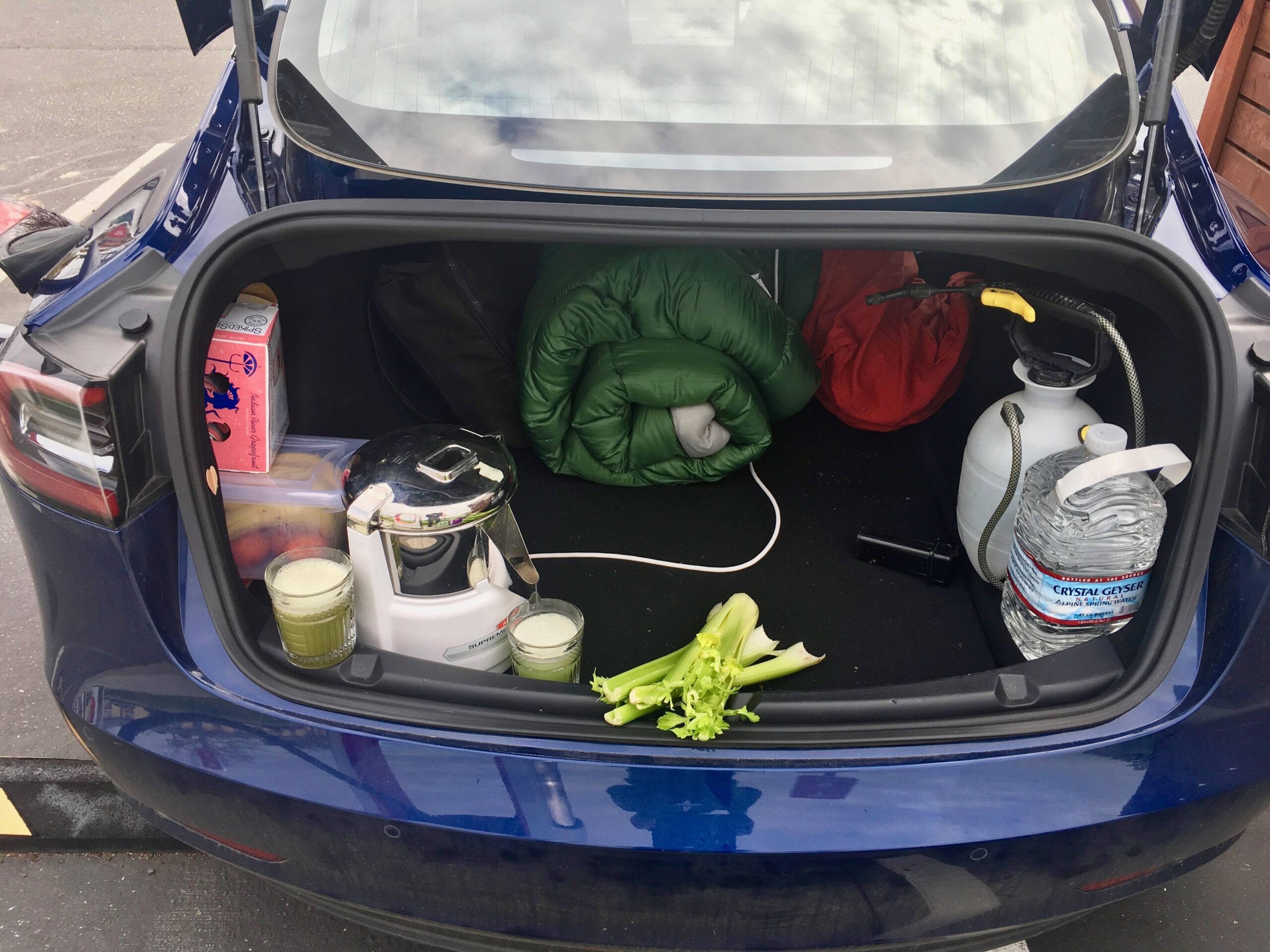This requires theoretical max of 63A current, reading so far I'm pretty sure nothing inside available to tap into in the cabin supports this. So direct line from the LV battery is required, right?
EDIT: Or is it feasible to tap directly to the HV->LV converter terminals under the rear seat? I don't need this always on, just while the car is active.
I haven't worked with the new LFP battery yet, tips or anything to watch on this? I'm assuming an inverter will be fine handling a 15V-16V input rather than the 13.3V from the old systems.
Also I have no experience with the new heat pump configuration front end, all my prior tinkering has been with my 2018 M3. What's the best way to run a line through the "firewall", now?
Thanks in advance for any advice, information, random thoughts, scolding about doing a proper search of archives first, etc.
P.S. I'm pretty sure I want the inverter inside the cabin. Any heating concerns about it being overridden by concerns about shorting due to moisture if mounted outside, as well as heat dissipation issues because it looks largely packed tight AF up in there now.
EDIT: Or is it feasible to tap directly to the HV->LV converter terminals under the rear seat? I don't need this always on, just while the car is active.
I haven't worked with the new LFP battery yet, tips or anything to watch on this? I'm assuming an inverter will be fine handling a 15V-16V input rather than the 13.3V from the old systems.
Also I have no experience with the new heat pump configuration front end, all my prior tinkering has been with my 2018 M3. What's the best way to run a line through the "firewall", now?
Thanks in advance for any advice, information, random thoughts, scolding about doing a proper search of archives first, etc.
P.S. I'm pretty sure I want the inverter inside the cabin. Any heating concerns about it being overridden by concerns about shorting due to moisture if mounted outside, as well as heat dissipation issues because it looks largely packed tight AF up in there now.
Last edited:




